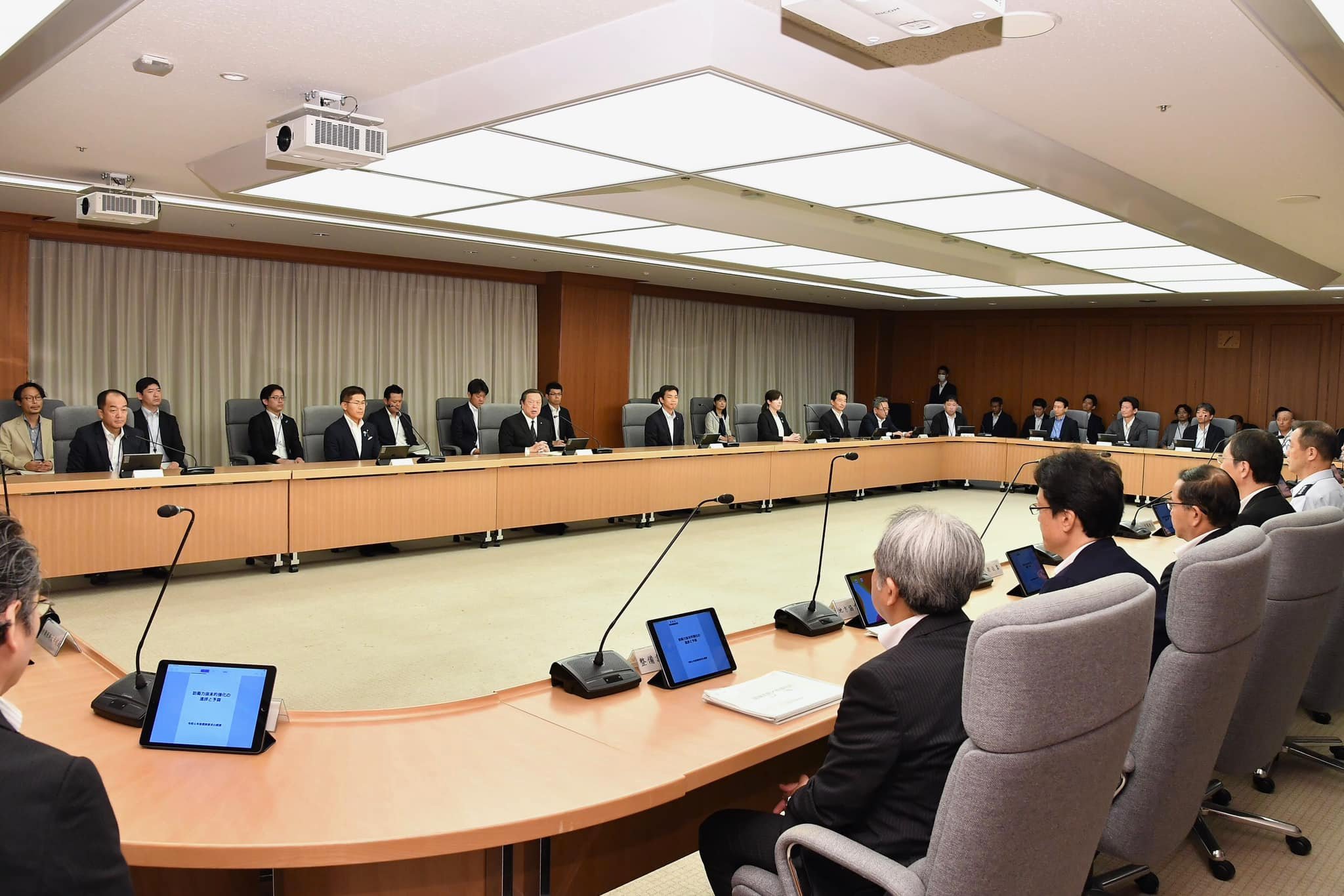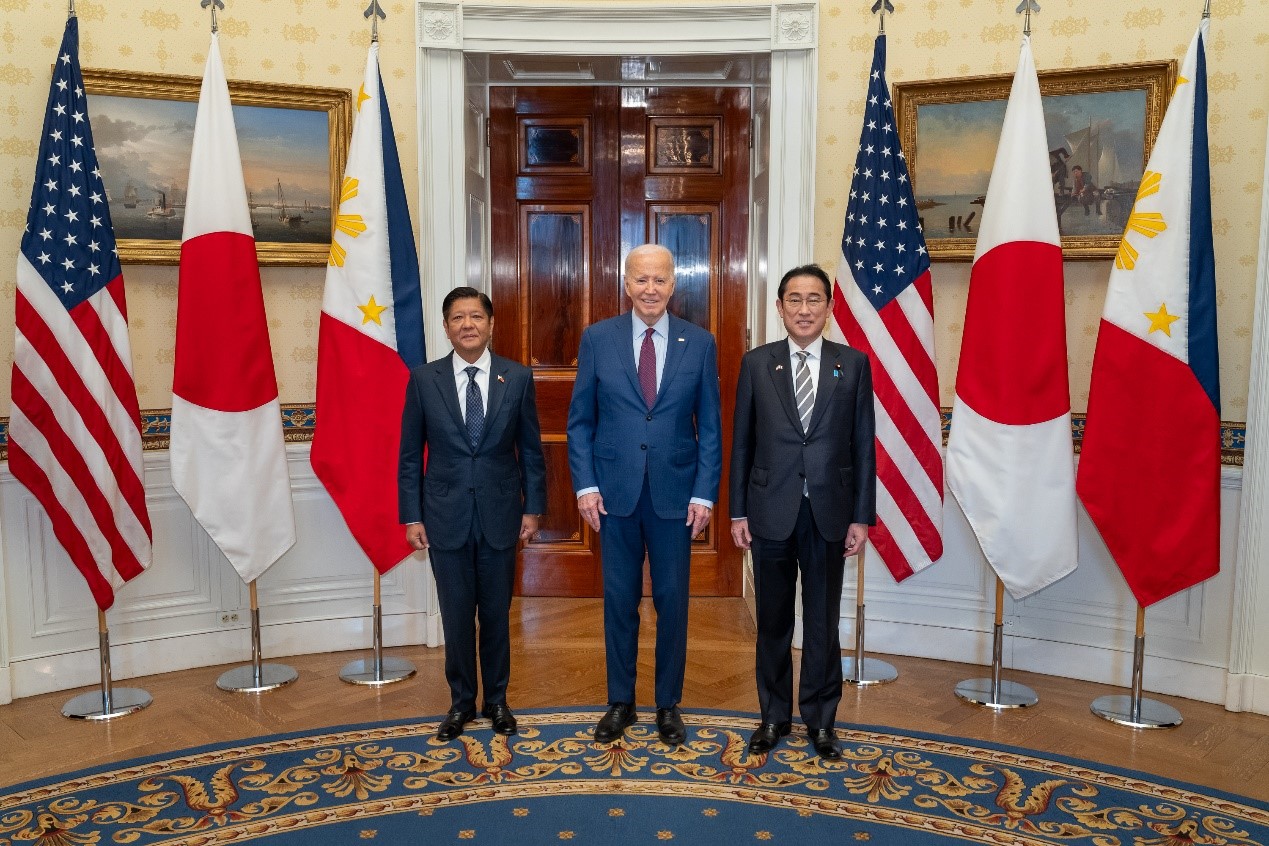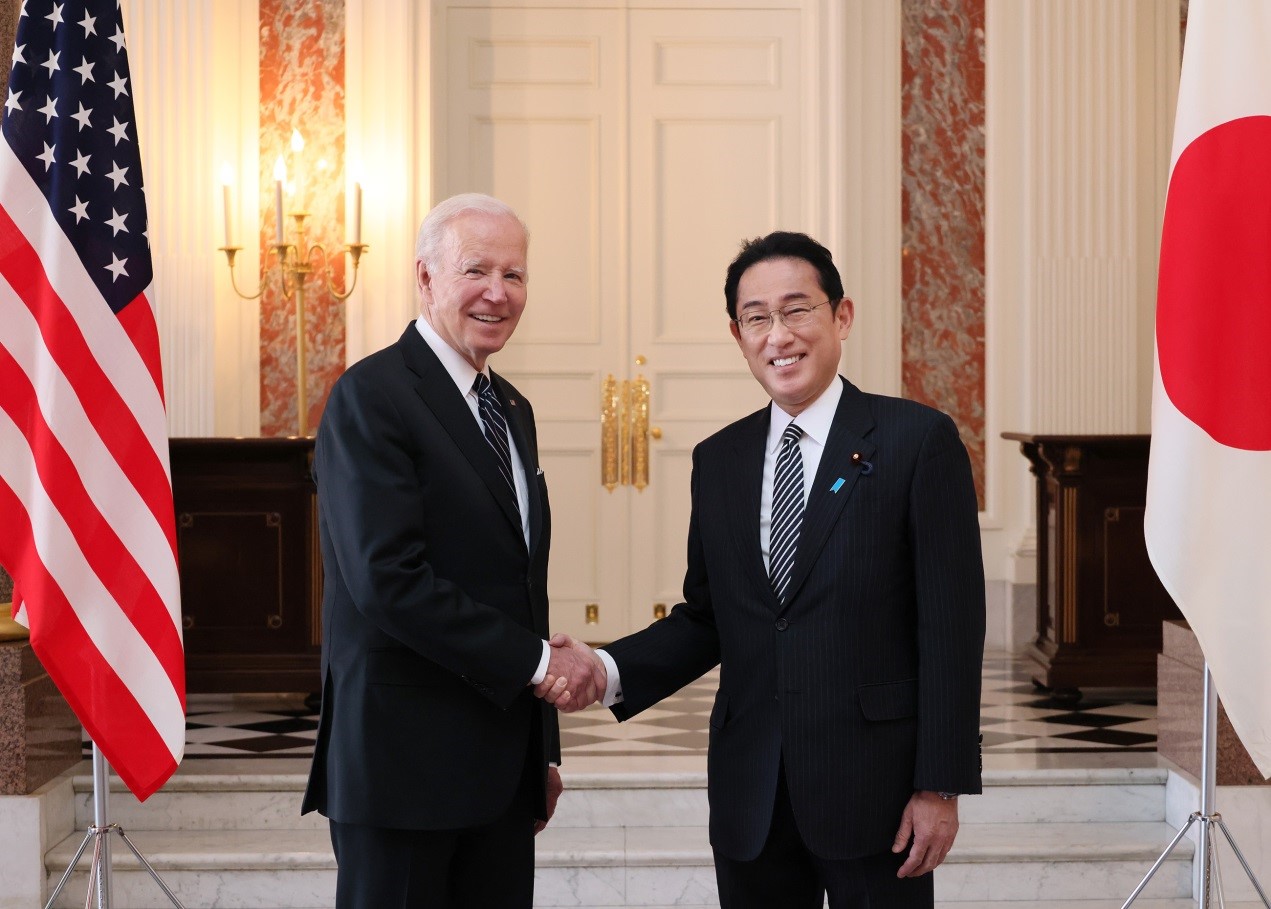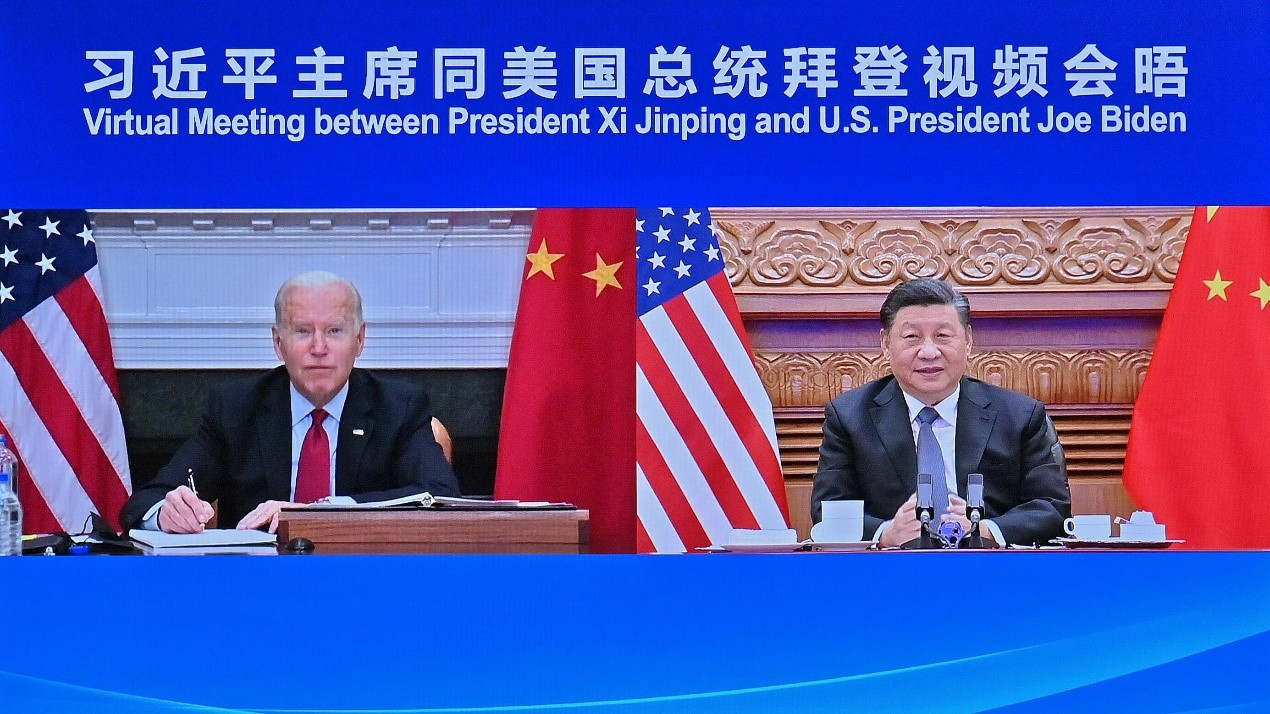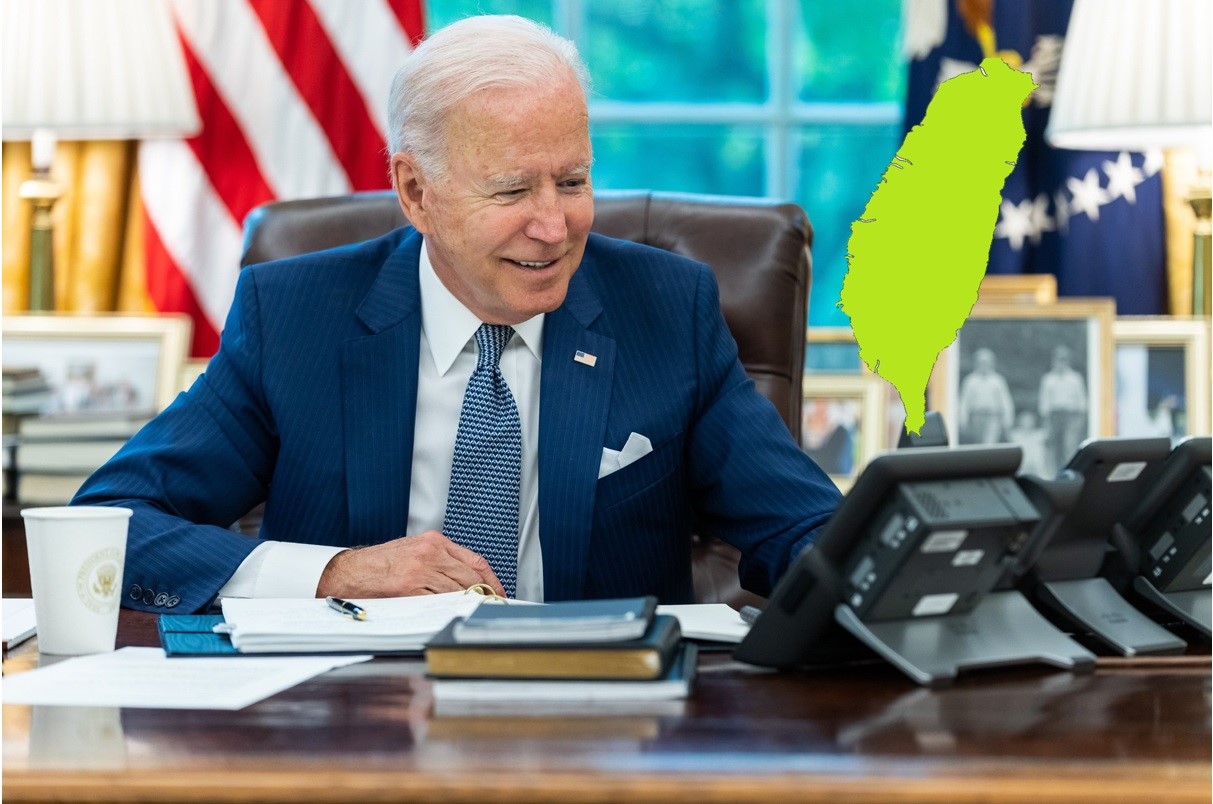The Ministry of Defense of Japan submitted its FY2024 budget request to the Ministry of Finance at the end of August. The amount of the request is a 17.2% increase from FY2023 budget. If accepted, it will be a record-high defense budget for Japan. Picture source: Japan Ministry of Defense, “8月31日 浜田大臣出席のもと省議を開催し、令和6年度概算要求を決定しました,” August 31, 2023, Facebook, https://www.facebook.com/photo?fbid=701776258655111&set=pcb.701776288655108.
Prospects & Perspectives No. 51
Japan’s 2024 Defense Budget Request and Future Prospects
By Hideshi Tokuchi
The Ministry of Defense of Japan submitted its FY2024 budget request to the Ministry of Finance at the end of August. The amount of the request is a 17.2% increase from FY2023 budget. If accepted, it will be a record-high defense budget for Japan.
The substance of the request is in line with the Defense Buildup Program (DBP) of December 2022. FY2023 defense budget was a 27.4% increase from the previous year. The continuous large increase reflects Japan’s awareness of the acute security environment involving the country. In fact, Japan is exposed to multiple threats at the frontline of the great-power rivalry.
Favorable winds are blowing for the Japanese defense efforts right now, but it should not be taken for granted. Japan must not lose the current momentum: its defense effort is important not only for its own national security but also for the peace and stability of the entire region — including Taiwan.
Defense force buildup based on DBP
The DBP was released together with the new National Security Strategy and National Defense Strategy as one set of official documents last December.
The DBP is a cabinet decision to set forth the goal of the medium-term defense force buildup as well as major projects and total amount of defense budget in a five-year period. The program places emphasis on the following seven areas: stand-off defense; integrated air and missile defense; unmanned defense; cross-domain operations; command, control and intelligence; mobility and civil protection; and sustainability and resiliency. It also seeks to strengthen the defense production and technology base and the human resource base. It aims to secure enough and sufficient quantity and quality of defense capability, and by FY2027 to strengthen Japan’s defense capabilities to the point where it is able to take the primary responsibility for dealing with invasions while gaining support of its allies and others. Japan-U.S. Alliance cooperation in cross-domain operations, in interoperability improvement, and in equipment and technology is also emphasized. The DBP sets an ambitious target to increase the annual defense budget to 2% of Japan’s GDP in FY2027.
The DBP’s geographical emphasis is on the southwestern region between the island of Kyushu and Taiwan. For example, a joint maritime transport unit will be established to improve mobility to the southwestern region, and Brigade 15 in Okinawa will be upgraded to a division to strengthen the defense posture in the region.
A growing threat perception of China as shown in the National Security and Defense Strategies is behind this program. The steep increase of the FY2023 defense budget underscores Japan’s sense of danger with regard to China’s military expansion. A number of projects to strengthen each of the capabilities related to the above-mentioned seven areas have already been launched.
The budget for equipment maintenance increased by 80% from FY2022 to FY2023. The budget for munitions, facilities and R&D increased by 230%, 210%, and 210% respectively. The Japanese defense forces are expected to be more operational if this trend continues.
Meanwhile, the security environment surrounding Japan is becoming more acute. For example, the new Defense White Paper published in July points out the possibility that China is planning to move up the schedule to transform the Chinese military into a world-class force, and also refers to the military balance between China and Taiwan as rapidly tilting in favor of the Chinese side. The White Paper also calls the joint military activities of China and Russia in the Japanese vicinity demonstrations of force, and regards them as posing a serious concern on the Japanese national security.
With this situation in mind, it is critically important for Japan to keep allocating more resources to its national defense.
FY2024 defense budget request
For FY2024 defense buildup, the Ministry of Defense continues to attach importance to the seven major areas, particularly stand-off defense, integrated air and missile defense, unmanned defense, sustainability and resiliency, as well as defense production and technology basis.
The budget request includes a wide variety of new projects such as development of a new surface-to-surface stand-off missile; construction of two Aegis-equipped vessels as an alternative to the scrapped plan to deploy the Aegis Ashore missile defense system; Japan-U.S. joint development of Glide Phase Interceptor; establishment of a new research organization in the Acquisition, Technology and Logistics Agency in order to realize defense innovation; establishment of a joint maritime transport unit; establishment of a permanent joint headquarters (PJHQ) directly under the Defense Minister.
The PJHQ is of particular importance to ensure a flexible and smooth response to rapidly changing crisis situations. The new headquarters are indispensable in order to realize cross-domain joint operations, and to coordinate and cooperate with the U.S. Indo-Pacific Command efficiently.
Challenges for the future
The Government of Japan will compile its FY2024 budget in December. While a tailwind seems to be blowing for the defense efforts, coordination and negotiation within the government will be tough. Japan’s fiscal condition is not in good shape. The target year for fiscal rehabilitation is approaching in FY2025, but there are a variety of heavy demands on the budget. Costs of debt redemption and interest payment have risen due to the increase in the long-term interest rate. Social security spending will continue to rise to cope with a rapidly aging society. Living costs for the public are soaring due to price hikes for energy and food.
A substantial increase of the defense budget is nevertheless expected to continue, as long as the Japanese domestic politics remains stable. Even if enough amount of the defense budget is secured, implementation of DBP will remain challenging in the face of the shrinking human resource basis and due to complex relations between the central government and local communities with regard to military base issues.
However, the international security environment does not care about Japanese domestic politics at all. It is time for the Japanese to get united for their national security.
(Hideshi Tokuchi is President, Research Institute for Peace and Security (RIPS).)


